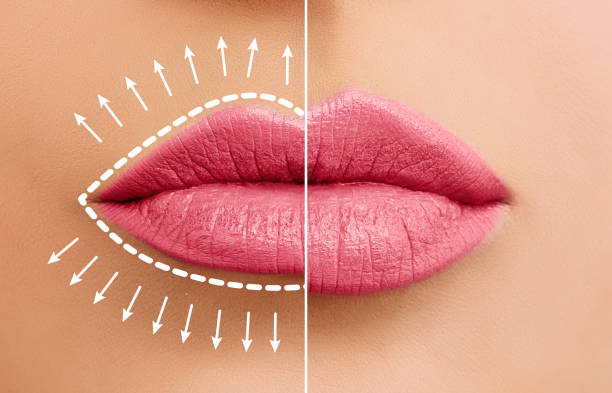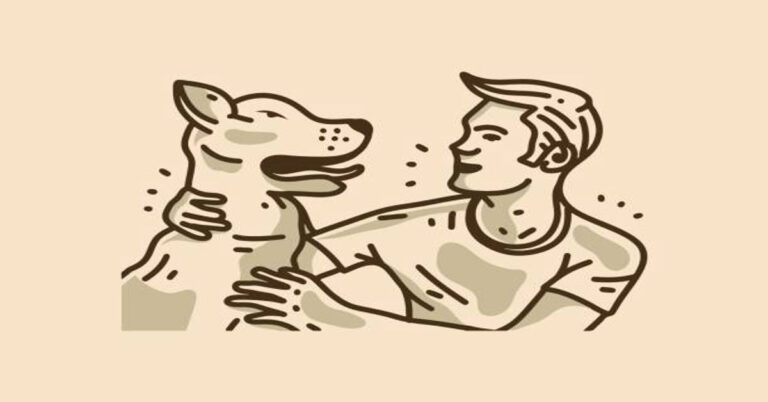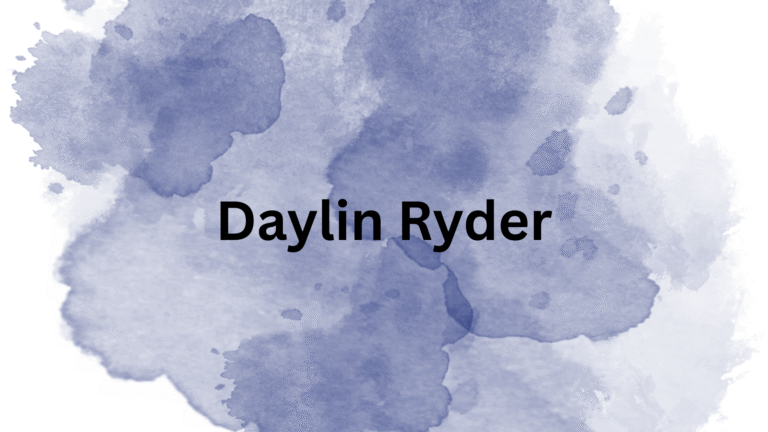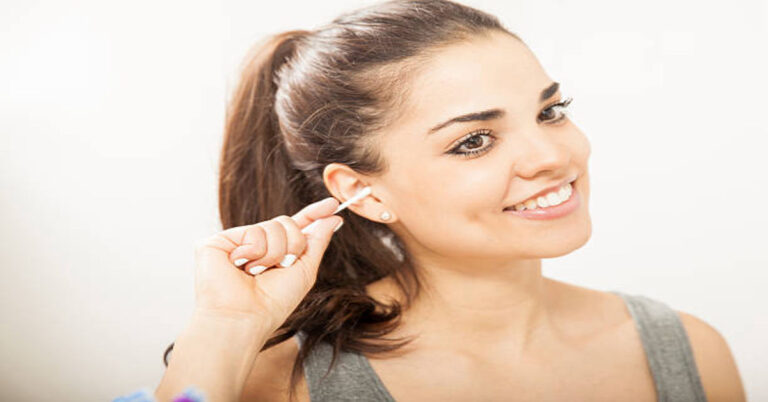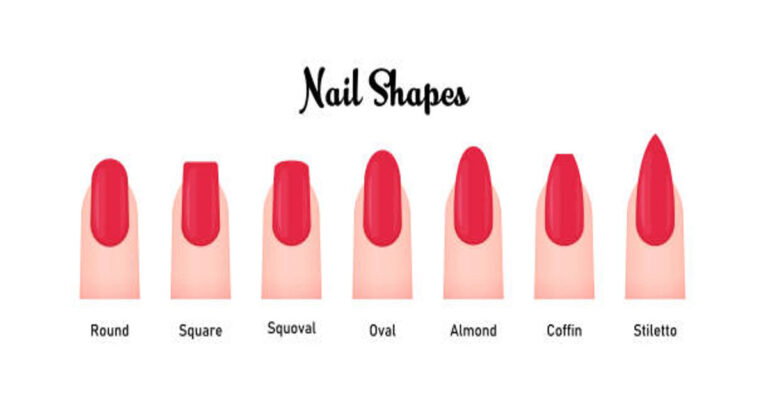Lip Flip: Complete Guide to Benefits, Procedure, and Results
In the realm of cosmetic treatments, non-surgical procedures have gained immense popularity due to their minimal downtime and natural-looking results. One such innovative treatment is the lip flip, a subtle yet highly effective procedure designed to enhance the appearance of the lips without the need for fillers or invasive surgery. Unlike traditional lip augmentation that focuses on adding volume, the lip flip aims to improve the overall shape, symmetry, and visibility of the lips using a strategic approach. Understanding this procedure, its benefits, techniques, risks, and aftercare is essential for anyone considering it. This article provides a comprehensive, in-depth guide to everything you need to know about lip flips, backed by practical insights and structured analysis.
What is a Lip Flip?
A lip flip is a cosmetic procedure that temporarily enhances the appearance of the upper lip by relaxing the muscles around it. The technique involves the use of botulinum toxin (commonly known as Botox) to gently relax the orbicularis oris muscle, which surrounds the lips. When these muscles relax, the upper lip slightly rolls outward, creating the illusion of a fuller, more defined pout.
Unlike lip fillers, which add volume by injecting hyaluronic acid or other substances directly into the lip tissue, a lip flip works primarily by reshaping and repositioning the natural lip. This subtle enhancement is particularly popular among individuals who desire a natural-looking lip improvement rather than a dramatic volume increase.
Key Features of a Lip Flip:
| Feature | Description |
|---|---|
| Technique | Injection of botulinum toxin to relax upper lip muscles |
| Purpose | Enhance shape, visibility, and symmetry of the lips |
| Duration | Results last approximately 2–3 months |
| Volume Addition | Minimal to none; focuses on movement rather than fullness |
| Ideal Candidates | Individuals with thin lips, gummy smiles, or minor asymmetry |
The table above summarizes the fundamental aspects of the lip flip procedure and helps distinguish it from traditional lip augmentation methods.
Who is an Ideal Candidate?
Identifying whether you are an ideal candidate for a lip flip is crucial to achieving the desired outcome. Generally, candidates are those who:
- Have naturally thin upper lips – Those who want subtle enhancement rather than dramatic volume increase.
- Desire correction of a gummy smile – The procedure can help reduce excessive gum visibility when smiling.
- Seek temporary, reversible results – Ideal for individuals hesitant about permanent fillers.
- Maintain realistic expectations – Those seeking natural, subtle changes rather than significant transformation.
It is not recommended for individuals with certain neuromuscular conditions or allergies to botulinum toxin. Consulting with a licensed and experienced practitioner ensures safety and optimal results.
How the Lip Flip Procedure Works
The lip flip procedure is relatively quick, minimally invasive, and typically performed in a clinic setting. Understanding each step provides clarity about what to expect:
- Consultation and Assessment:
During the initial consultation, the practitioner examines the lip structure, smile dynamics, and facial symmetry. This evaluation determines the precise injection points and the dosage required. - Preparation:
The lip area is cleaned and, if necessary, a topical numbing agent is applied. This step ensures comfort during the procedure. - Injection:
Using a fine needle, a small amount of botulinum toxin is injected strategically into the orbicularis oris muscle. The number of injection points varies based on individual anatomy, typically ranging from 3–6 points around the upper lip. - Post-Injection Assessment:
After the injections, the practitioner assesses the lip movement and makes minor adjustments if necessary. Patients can typically resume normal activities immediately. - Results Development:
The effects of the lip flip usually become visible within 3–7 days and reach full results by the second week. The upper lip will naturally roll outward, creating a fuller appearance and reducing visible gum when smiling.
Comparison with Lip Fillers:
| Feature | Lip Flip | Lip Fillers |
|---|---|---|
| Technique | Botox injection to relax muscles | Hyaluronic acid or other filler injected into lip tissue |
| Volume | Minimal or none | Significant volume increase possible |
| Duration | 2–3 months | 6–12 months depending on filler type |
| Recovery | Minimal downtime | Possible swelling/bruising for 1–2 weeks |
| Purpose | Shape enhancement, subtle lift | Volume and contour enhancement |
This comparison highlights the distinctions and helps individuals choose the procedure best suited to their goals.
Benefits of a Lip Flip
The lip flip procedure offers several advantages that make it increasingly popular:
- Natural-Looking Results:
By subtly repositioning the lip, the procedure avoids the exaggerated appearance sometimes associated with fillers. - Quick and Minimally Invasive:
Typically taking only 10–15 minutes, the procedure requires no anesthesia or downtime. - Temporary and Reversible:
Since results last 2–3 months, patients can experiment with the look without long-term commitment. - Improves Smile Appearance:
A lip flip can help reduce a gummy smile and improve overall facial aesthetics. - Safe When Administered Correctly:
With proper technique and dosage, the procedure is generally safe with minimal risks. - Cost-Effective:
Compared to fillers, the lip flip is often less expensive due to the smaller amount of product used and shorter procedure time.
Risks and Considerations
While generally safe, a lip flip carries some risks and considerations:
- Temporary asymmetry: Uneven results can occur if injections are not placed precisely.
- Mild bruising or swelling: Occurs in a small percentage of patients and resolves quickly.
- Limited volume enhancement: Does not significantly increase lip fullness, so patients seeking a dramatic change may require fillers.
- Muscle weakness: Rarely, the injection may cause temporary difficulty in controlling lip movement.
- Short-lived results: Effects typically last 2–3 months, requiring repeated treatments to maintain the desired look.
Understanding these potential risks helps manage expectations and ensures informed decision-making.
Aftercare and Recovery
Proper aftercare ensures optimal results and minimizes side effects. Recommended tips include:
- Avoid rubbing or massaging the treated area for at least 24 hours.
- Refrain from strenuous exercise on the day of treatment to prevent toxin migration.
- Avoid alcohol and blood-thinning medications prior to the procedure to reduce bruising risk.
- Follow-up consultations can ensure symmetry and address any concerns.
- Maintain hydration and skin care to support healthy lip tissue.
Recovery is generally quick, with minimal downtime, allowing patients to return to daily activities immediately.
Cost of a Lip Flip
The cost of a lip flip varies based on factors such as location, clinic reputation, and the amount of botulinum toxin used. On average:
| Region | Average Cost per Session |
|---|---|
| United States | $150–$350 |
| Europe | €120–€300 |
| Asia | $100–$250 |
Since results are temporary, patients should budget for repeat treatments every 2–3 months to maintain the effect.
Longevity and Maintenance
Lip flip results are temporary, typically lasting 2–3 months, depending on individual metabolism, activity levels, and lifestyle. Repeat sessions help maintain the desired appearance. Many patients combine a lip flip with other cosmetic treatments, such as minimal filler injections, for more tailored results.
Lip Flip vs. Traditional Lip Augmentation: Which is Better?
Choosing between a lip flip and traditional lip fillers depends on individual goals:
- If you desire subtle enhancement without added volume, a lip flip is ideal.
- If you want a fuller, more prominent lip, fillers may be better suited.
- For correcting a gummy smile, lip flip offers a targeted, non-invasive solution.
- Budget-conscious individuals may prefer lip flip for its lower cost per session.
Summary
The lip flip is a revolutionary non-surgical cosmetic procedure that enhances the natural beauty of the lips with minimal downtime and subtle, natural-looking results. By strategically relaxing the muscles around the upper lip, it improves shape, visibility, and symmetry while addressing gummy smiles. With a quick procedure time, reversible results, and relatively low cost, the lip flip has become a popular alternative to traditional lip fillers. While it has limitations, such as minimal volume addition and temporary effects, it remains a safe and effective choice for individuals seeking subtle aesthetic enhancement.
FAQs
1. How long does a lip flip last?
A lip flip typically lasts 2–3 months, after which repeat treatments are necessary to maintain results.
2. Does a lip flip hurt?
Most patients experience minimal discomfort during the procedure, often described as a slight pinch or sting.
3. Can a lip flip be combined with fillers?
Yes, many patients use both for optimal results—lip flip for shape enhancement and fillers for volume.
4. When will I see results?
Initial results appear within 3–7 days, with full effects visible after approximately two weeks.
5. Are there any side effects?
Mild bruising, swelling, or temporary asymmetry may occur, but serious side effects are rare when performed by a licensed practitioner.

